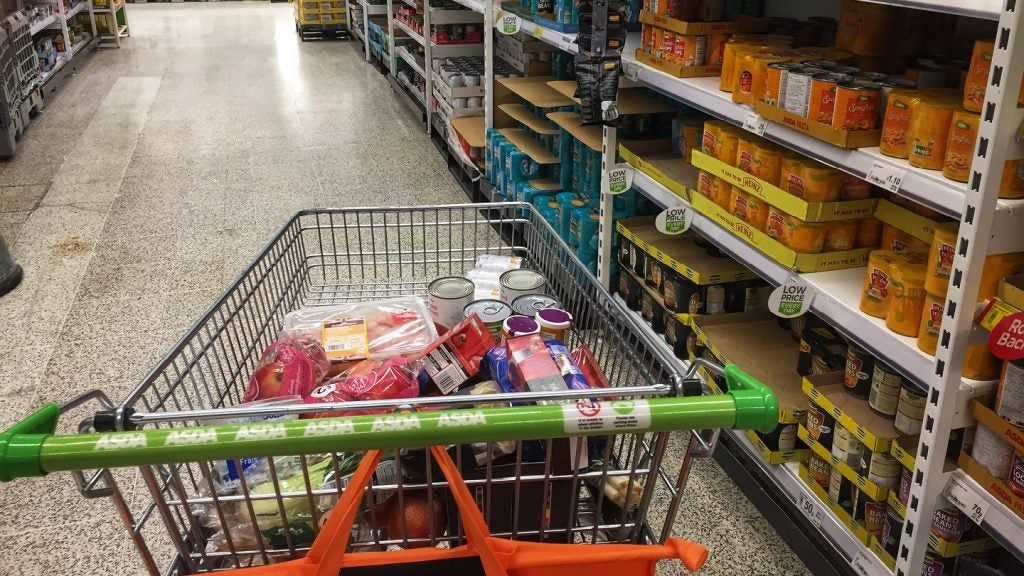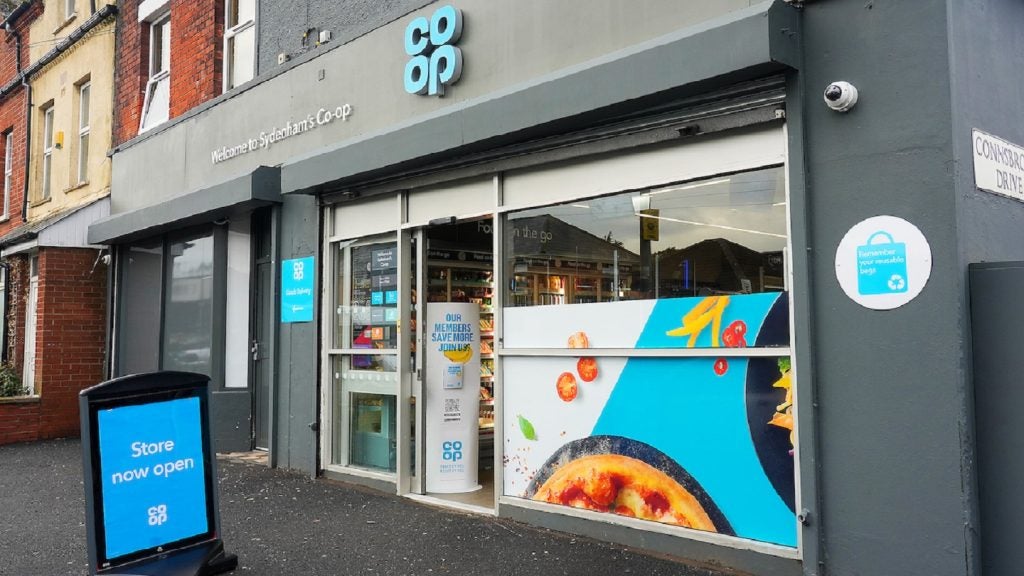Retail sales in the UK grew by 0.3% in September 2024, a slowdown from the 1.0% increase recorded in August.
Despite this, the sector has maintained a positive trajectory, with sales volumes reaching their highest level since July 2022.
While non-food retailers, especially in computers and telecommunications, posted strong gains, supermarkets faced a significant decline in sales.
Boost in non-food retailers
Non-food retailers drove the September growth, with sales volumes rising by 2.5%. The strongest sub-sector performance came from "other non-food" stores, which saw a 5.5% jump, bolstered by the computer and telecommunications category.
Retailers in this space benefitted from increased consumer spending, whereas food stores experienced a 2.4% drop in sales—the largest fall for supermarkets this year.
Nathan Peacey, Head of Retail at Foot Anstey, highlighted the ongoing challenges retailers face, stating, "The modest overall improvement highlights ongoing pressure on the retail sector, where tight margins are a constant challenge."
He further pointed out that online sales continue to outpace traditional bricks-and-mortar stores, reinforcing calls for a rebalancing of business rates in the upcoming Autumn Budget.
Silvia Rindone, EY UK&I Retail Lead, noted the resurgence of clothing sales in September, attributing part of the non-food growth to consumer demand for seasonal updates.
"Clothing sales saw a resurgence in September with non-food store sales volumes rising by 2.5%, as consumers sought to update their seasonal wardrobe, accelerated by the cooler weather," she commented.
Quarterly performance brings optimism
Over the broader period, retail sales volumes increased by 1.9% in Quarter 3 (July to September) 2024 compared to Quarter 2, marking the joint-largest rise since July 2021. Sales volumes also grew by 2.6% year-on-year, representing the biggest annual rise since March 2022.
Peacey commented on the positive quarterly data, saying, "Overall, whilst today’s statistics reveal a modest monthly increase, the fact that Q3 sales saw a rise of 1.9% suggests a rise of cautious optimism in consumer confidence."
Rindone highlighted the importance of the upcoming "golden quarter," which includes key retail events like Halloween and Black Friday.
"The next few months will be critical as retailers brace themselves for the 'golden quarter.' Retailers will be using discounting strategies to stimulate consumer spending and manage stock levels more effectively," she explained.
However, she also cautioned about the potential volatility in sales leading up to Christmas, adding that retailers who can effectively target specific customer groups are likely to fare better.
Online sales maintain strength
Online retail continued to shine, with a 1.3% rise in online spending during September and a 6.7% increase compared to the same month last year. Despite total retail spend growing by only 0.1% over the month, the proportion of sales made online increased slightly from 27.5% in August to 27.7% in September.
Peacey emphasised the growing dominance of e-commerce, remarking, "The success of e-commerce will only reinforce sector appeals for a rebalance of the disproportionate business rates burden."
However, he also raised concerns about upcoming regulatory measures, warning that they could further squeeze retailers' margins and potentially lead to inflationary pressures.
Rindone also addressed the potential for prolonged discounting periods as retailers navigate the final quarter. "This year's discounting efforts seem to be more spread, indicating less pressing need to offload stock as retailers have learned improved inventory management," she said.
She cautioned that while some retailers might extend their trading periods to avoid the year-end rush, balancing timely promotions with avoiding stock issues remains a "precarious path."
As retailers enter the final quarter of 2024, all eyes will be on inventory management and sales volumes, with businesses carefully navigating discounting strategies to maximise profit while avoiding the pitfalls of overstock or shortages.














